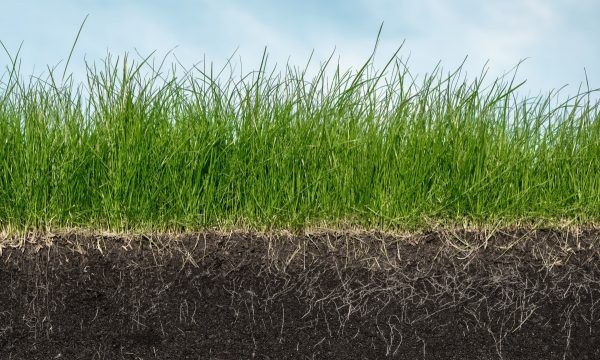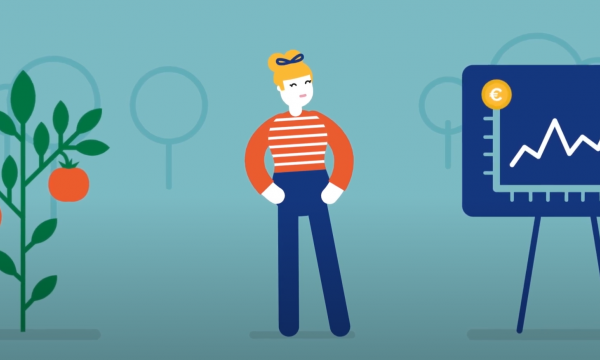Press release New digital 3D growth model soy now more powerful with water availability factor added

For the first time, the 'water availability' factor has been added to the factor of photosynthesis in a digital 3D plant model for soy growth. This makes it possible to better explain the growth of the crop than before. In plant research, 3D models increased knowledge about the behavior of an individual plant as a reaction to varying conditions, even without having to perform field experiments.
Recently, Jonas Coussement defended his doctoral research: 'Development of a turgor-driven functional-structural plant model for soybean' (2019/03/19). Promotors are Prof. Dr. ir. Kathy Steppe of Ghent University’s Faculty of Bio-engineering Sciences and Dr. ir. Tom De Swaef of Flanders Research Institute for Agriculture, Fisheries and Food (ILVO).
In general, plants can adapt their physiological functions and architecture according to the environmental conditions. Plant models enable scientists to better understand the different mechanisms involved.
Traditional 3D plant models depart from measuring the availability of carbon through photosynthesis to explain the development of the plant (size, width, branching, fruit formation, etc.). the first models could only take available light and temperature into account.
However, the internal water management of the plant is an important basic process to explain, among other things, the growth of a plant. This is about "turgor", a measure that reflects the internal pressure in living cells of the plant. The plant can absorb water from the soil by generating a negative pressure (or suction power). If less water is available during the day or for a longer period such as during a drought, the plant will have to generate a stronger negative pressure (in other words to suck more vigorously) to absorb the more limited available water from the soil. The new model is able to explain to what extent that 'effort' affects growth (or lack of growth).
Jonas Coussement: "Water availability in the plant is a complex process with many variables. In this research we used a supercomputer with a high processing power to run the model. The accuracy of the calculations has been greatly increased."
The work on soy is not a coincidence, as the crop is slowly being introduced in Flanders. ILVO is breeding this subtropical plant to create varieties better suited to this climate – and that includes drought-tolerant varieties.
The developed 3D model will make it possible to select more precisely for valuable features within soy breeding programs.


